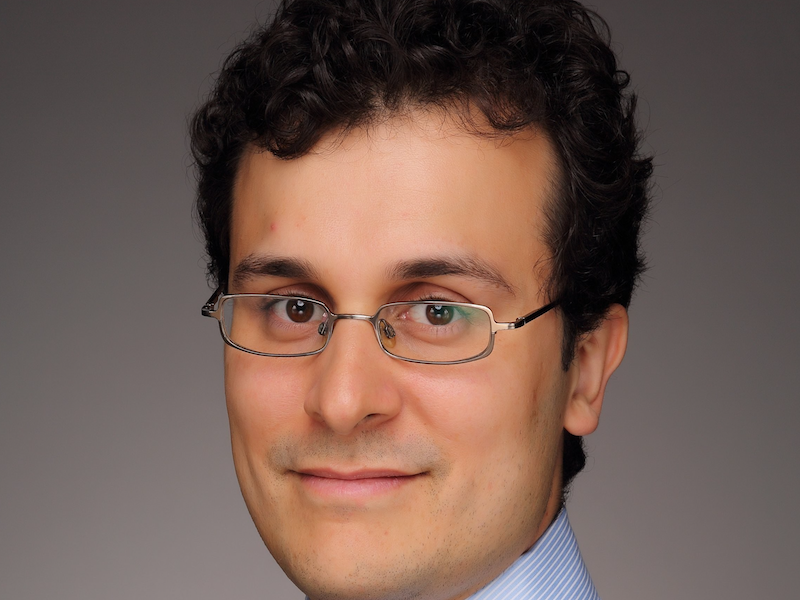

Canada’s Maple 8 — the country’s largest eight public pension plans that manage a total of about $2 trillion in assets — use similar governance structures to consistently deliver strong returns.
Pension systems around the world are difficult to manage, said Sebastien Betermier, an associate professor of finance at the Desautels Faculty of Management at McGill University, speaking during a session at the Canadian Investment Review’s 2022 Global Investment Conference. Longevity has increased while yields have decreased and it’s become harder than ever to continue finding returns, especially in the current high-volatility investment environment.
Read: Canadian pension funds top global transparency ranking: report
A recent study conducted by Betermier in partnership with CEM Benchmarking Inc. found the Maple 8 model stands out because these pension funds are using a management system that differs from the traditional models used elsewhere. Over five, 15 and 20 years, the study examined the performance, asset allocation, strategies and cost structures of 250 plans from 11 countries.
The funds were split into two groups — large funds with assets of $10 billion and above and small plans with assets up to $10 billion. The study also looked at very large plans with more than 50 billion, with the larger Canadian plans managing about $77 billion compared to $70 billion for their global peers.
The Canadian pension funds have a greater fraction of liabilities indexed to inflation, said Betermier, noting this is due, in part, to the fact that the plans are young, which provides longer duration on the liability side. In terms of performance, Canadian plans also dominate their peers, with a higher sharp ratio of assets and a higher average return of eight per cent compared to the six per cent of their global peers. They also generate higher value added, with about 60 basis points as opposed to 20.
Read: Sounding Board: Canada leads in pension systems for public sector workers
Across all metrics, the Canadian pension funds garnered robust, consistent performance over five, 15 and 20 years, said Betermier, noting this was the case for even the smaller Canadian plans. Their performance comes down to three drivers, he added, citing more in-house management, redeployment of resources toward value-added strategies and reallocation of capital.
Fewer than a quarter (23 per cent) of the global pension funds in the study were found to use in-house management compared to more than half (52 per cent) of the Canadian plans, he said, noting in-house management brings more internal sophistication and saves on cost.
He also referred to a value-added real estate strategy used by Canadian plans, which showed a heavy investment in real estate across several major cities’ downtown cores across Canada and the U.S. “Large Canadian plans do more direct investments in American real estate in those downtown areas than all the large U.S. public pension plans combined.”
Read: Canadian model offers lessons for U.S. public pensions: report
The plans’ investments in desirable neighbourhoods where tenants are willing to pay a premium to live and where companies want their headquarters generate greater rents, greater value added and have a positive sustainable impact, said Betermier.
Additionally, many of the Canadian pension funds follow green urban development strategies, which align with the environmental, social and governance transition, he added, noting these strategies will provide long-term benefits that offset part of the risk posed from many companies’ move to a remote working model amid the coronavirus pandemic. They’ve also further diversified their real estate strategies to include more data centres and distribution warehouses, he noted.
As well, Betermier said reallocating capital toward assets increases portfolio efficiency and hedged liability risk. Although the plans in the study had greater investments in private markets, the bulk were in real assets. Indeed, the Canadian pension funds’ percentage of real assets were double those of their global peers — 18 per cent versus nine per cent, respectively.
“This is more than a simple shift to private markets. . . . If you look within the asset classes, you’ll see a very similar shift, again, toward these types of . . . strategic assets that give you a gain on both grounds.”
Read: British PM calling on domestic institutional investors to be more like Canadian pension funds
The reallocation also led to significantly higher investments in information technology infrastructure and risk management, portfolio expenses that are going to benefit all asset classes, said Betermier. However, he noted these gains aren’t just about value creation relative to a benchmark, explaining they also do a great job hedging the liability risks.
The Canadian model has allowed the funds to do more to broaden the envelope while spending less, he said. The Maple 8 have outperformed their peers, in terms of risk-adjusted performance, asset-liability management and cost, across the board.
Read more coverage from the 2022 Global Investment Conference.
